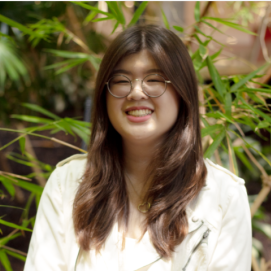
Accessibility is fundamentally about accommodating and celebrating individual experiences; therefore, it is important for us to actively think about how we can reimagine accessible practices in new and creative ways. Lois spoke with 3 disability advocates in the U of T community to discuss how we can begin to take a more proactive and innovative approach towards accessibility.
Written by Lois Lee, Blog Editor & Digital Content Writer, Master of Information, User Experience Design and Archives & Records Management
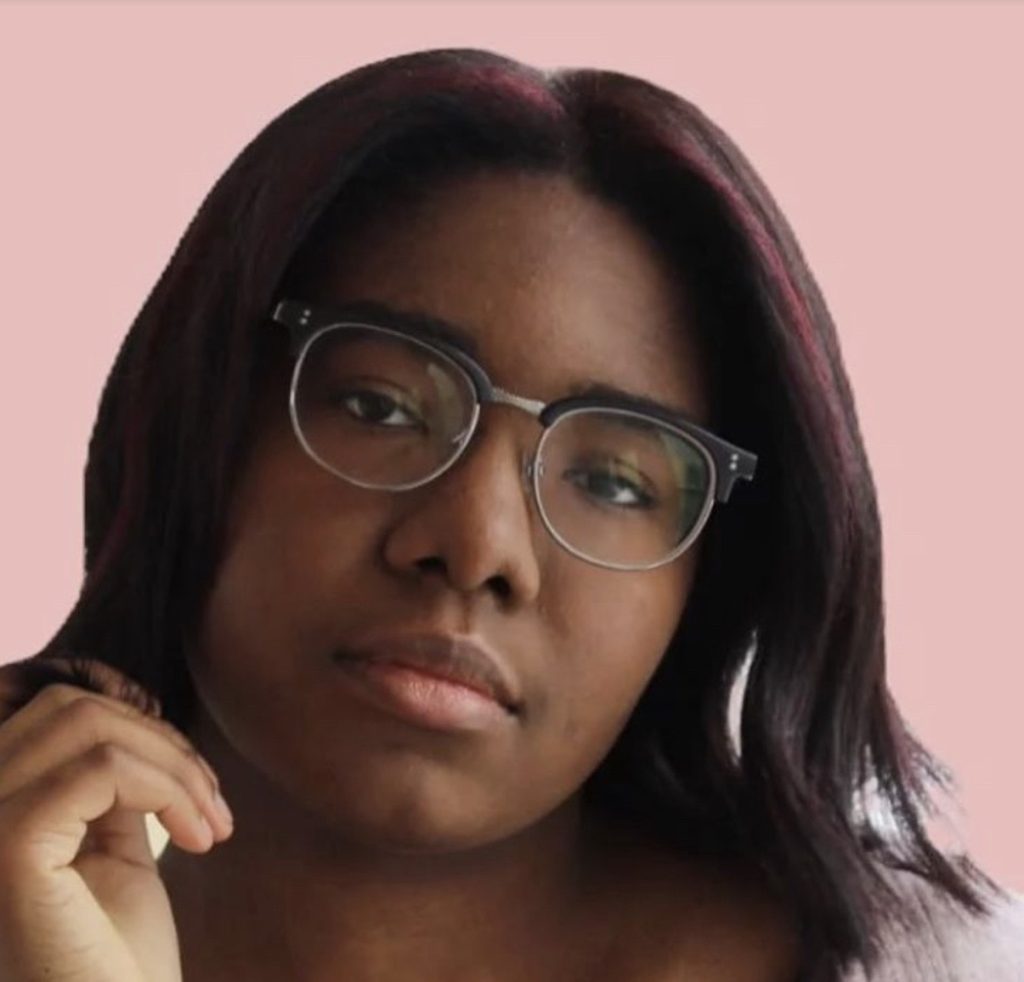
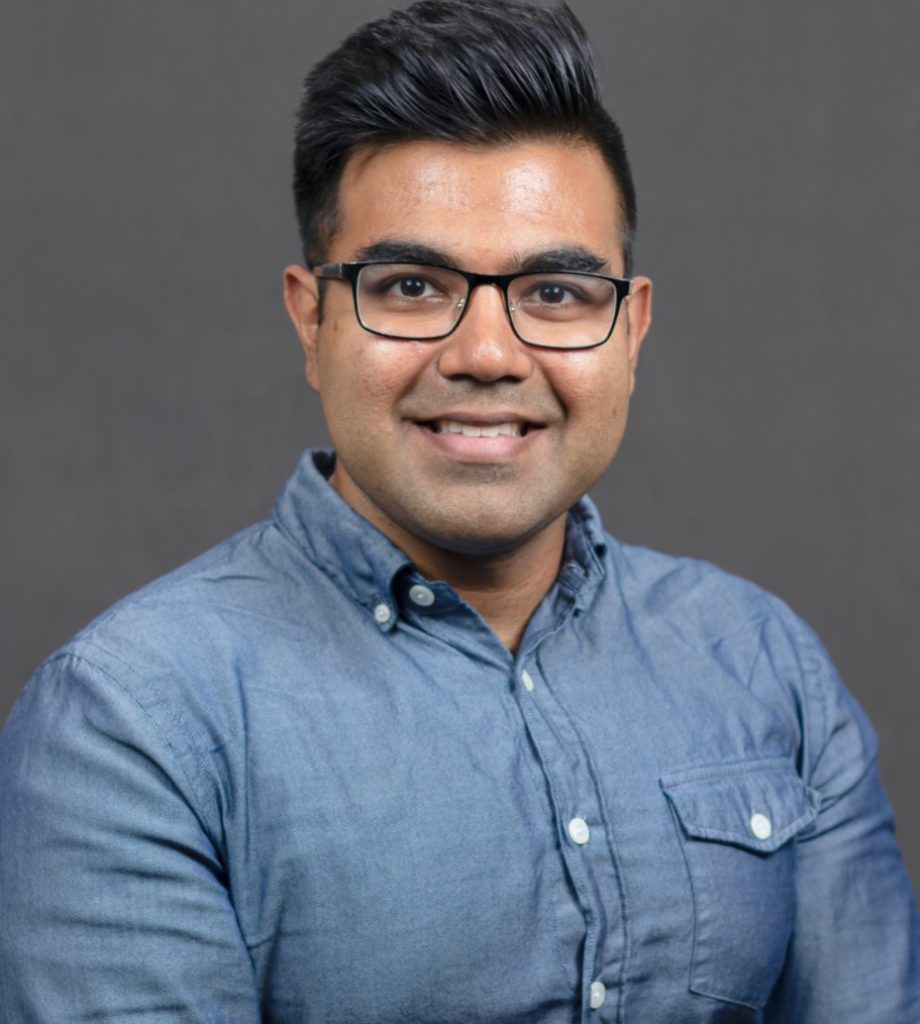
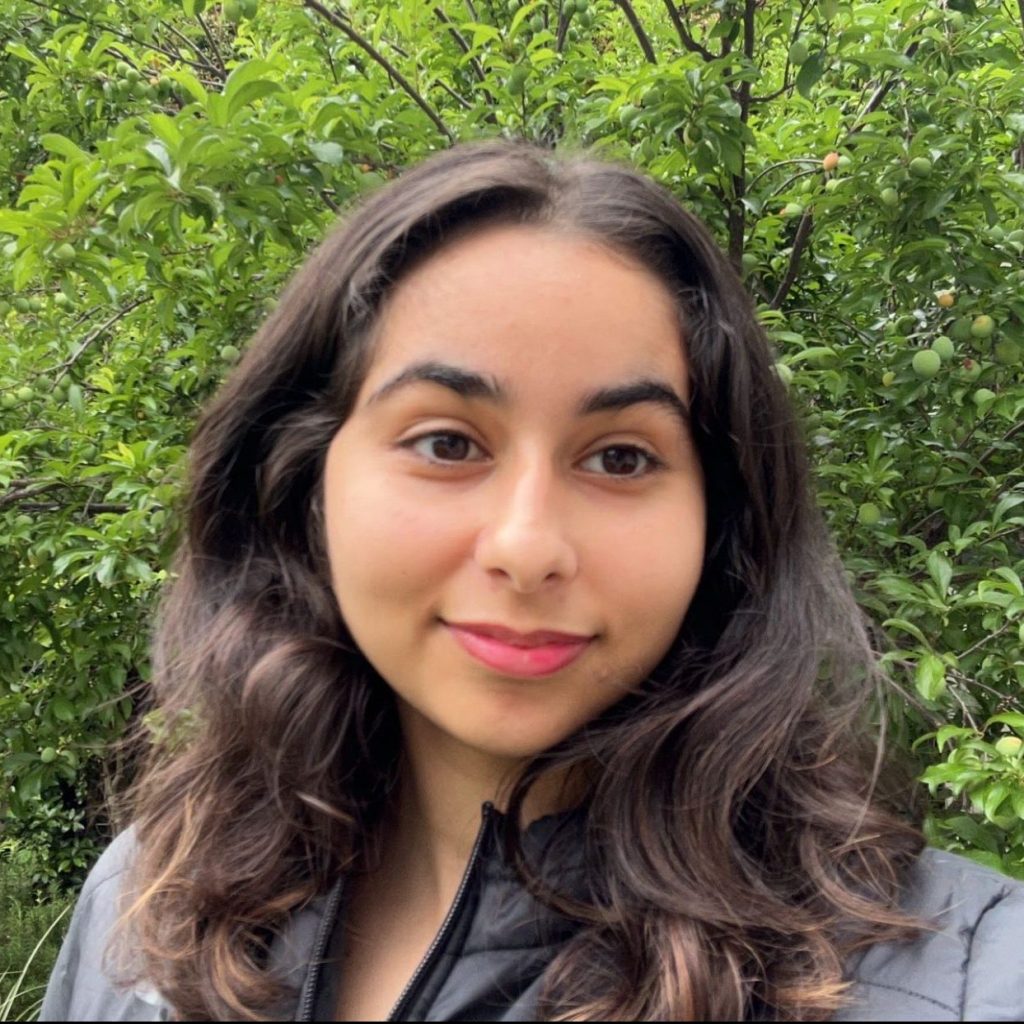
For as long as I can remember, one of my biggest concerns as a student was about receiving accommodations that could support my learning needs. I often had trouble reading off projector screens, especially from far away. I would typically reach out to instructors and make specific requests about alternate ways to access course materials; for example, receiving a copy of PowerPoint slides before class, so I could read them off my laptop during lecture. Although I had many supportive instructors, I still felt frustrated because typical classroom tools did not accommodate my needs and prevented me from learning efficiently.
During the first week of my graduate studies, I walked into one of my classes and felt intrigued by the design of the classroom. I often had to work around old projectors with poor colour contrasts and lighting, as well as a lack of readability, even from the front row of a classroom. This time, there were multiple high-definition TV monitors placed on each wall, meaning that projected material was easy to see regardless of where I sat in the room. I was immediately excited by the idea that I could sit comfortably in a classroom and engage with lecture material without asking for accommodations.
This experience was just one encounter I had with an accessible design. Although I come from a place of disability, I acknowledge that my knowledge of disability is still limited. I understand that there are infinite lived experiences with disabilities and, as a result, accessibility can be implemented in infinite ways. To gain new perspectives on accessibility, I spoke to 3 active leaders in disability advocacy from the U of T community: Catherine Dumé, Ali Kazmi, and Giselle Sami Dalili.
Accessibility is never a one size fits all
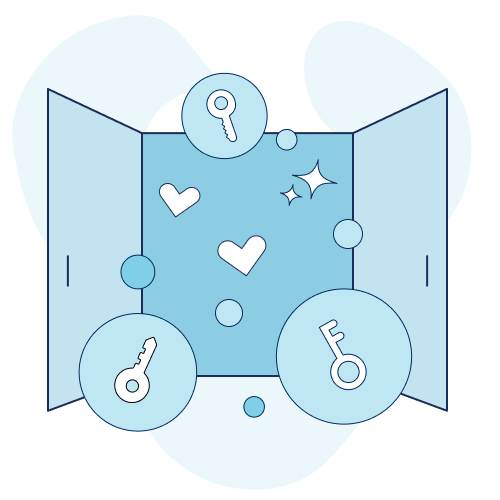
Throughout my studies, I occasionally come across the concept of universal design. I used to perceive universal designs as a fundamentally beneficial practice because it aims to create an environment that addresses common needs of many people. After hearing our interviewees’ perspectives on how accessibility should be evaluated on a case-by-case basis, I started to think about how we cannot rely on a single set of ideas or practices to accommodate a diverse community.
Catherine Dumé, a 5th year student and current student co-chair of the Accessibility Services Advisory Committee, shared that although she agrees with the sentiment behind designing spaces for everyone, universal design can feel like a restrictive approach to accessibility. According to Catherine, accessible design shouldn’t be treated as a simple checklist of building ramps or elevators. Instead, “Design is supposed to be very creative and very expressive […] catered towards specific bodies and minds in particular […] because not every disabled body is the same.”
Ali Kazmi, an alumnus and an accessibility professional with expertise in inclusive policy, used online forms as an example of this principle. Conventional accessible designs for this process would typically address the user interface, including clear navigation cues and readable text. However, this only addresses a minimal set of access needs.
Based on his work with the Communication Access within the Accessible Canada Act project, Ali explained that online forms sometimes require more obscure documentation, and a person with a mobility impairment might not be able to quickly search for those documents around their home. “You wouldn’t have realized that these were issues if you didn’t have these very nuanced, specific conversations with people and that changes your entire paradigm.”
Our interviewees’ nuanced insights about the complexity of universal design helped me to reflect on how accessibility is fundamentally driven by the uniqueness of every individual. Accessibility is a set of considerations that should prioritize individual experiences rather than generalized assumptions. There can never truly be a static, universal means of accessibility because it will always look different depending on who is entering a space.
Actively Creating New Processes
When it comes to accessibility checks, I’ve noticed that they seem to be fairly consistent, addressing concerns like noise levels and access to elevators. While these are important matters to consider, I learned from our interviewees that good accessibility is not just about maintaining current practices and making small adjustments along the way. Good accessibility involves taking the initiative to create whole new processes.
When I asked interviewees about their involvement with community accessibility initiatives, they all touched upon the importance of being proactive and prioritizing accessibility needs well in advance. Giselle Sami Dalili, a 4th year student and current Vice President of University of Toronto’s Accessibility Awareness Club (U-TAAC), discussed a proactive approach to accessible event planning. They expressed that finding a physical space, and then inviting people as an afterthought, is an ableist mindset. Accessibility means that we must first consider who exactly is attending an event, and then proceed to find a space that best accommodates their needs. Accessible environments cannot be immediately generalized or anticipated because they can only be created after identifying an individual or group’s specific needs.
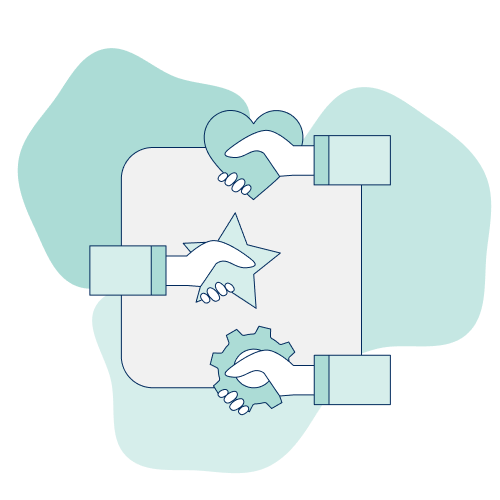
An example of reimagining existing activities to transform into more accessible events is U of T campus tours, which usually follow specific routes and may be adjusted if specific accommodations are requested. As the former President of the University of Toronto Accessibility Awareness Club (U-TAAC), Catherine shared how she helped introduce a more accessible version of annual campus tours that specifically guide incoming students with disabilities to find accessible ways to navigate campus.
Giselle also mentioned that they participated as a tour guide for these accessibility-focused tours, noting that routes are often drastically changed, such as leading students directly to building entrances with a ramp. I would add that campus tours are often the first point of contact for many incoming students. Establishing an inclusive experience before students even arrive can foster a sense of reassurance that they have a place at the university and should not be afraid to voice concerns about accessibility.
Accessibility is important within higher education, but I felt curious to know how these ongoing processes applied to endeavours beyond graduation. Ali talked about how he joined an accessibility advisory board at U of T’s Career Exploration and Education Centre, where he helped review the accessibility of career-focused programming and events such as job fairs. The board’s goal of fostering more collaboration between different offices on campus resulted in a joint project between Accessibility Services and the Career Exploration and Education Centre, called Disclosure & Accommodation Guide for the Workplace. This guide outlines different scenarios to help students disclose disabilities and accommodations during the hiring process.
Rather than treating this guide as a static resource for all future students, Ali shared that he has been a regular speaker for several years at the Career Centre’s panels, focusing on workplace accommodations and disclosure. This showcases how even through new accessibility resources and toolkits are being developed, it is essential that they are informed and revisited by those with lived experience to foster new conversations and empathize with marginalized audiences.
As we continue to embrace access needs in various contexts, it’s important for us to remember that accessibility is an innovative process. Accessibility shouldn’t be limited to a small, seemingly repetitive, set of practices, and should continue to expand to various contexts, including post-secondary institutions, the workforce, and the overall community.
Empowering Unique Experiences
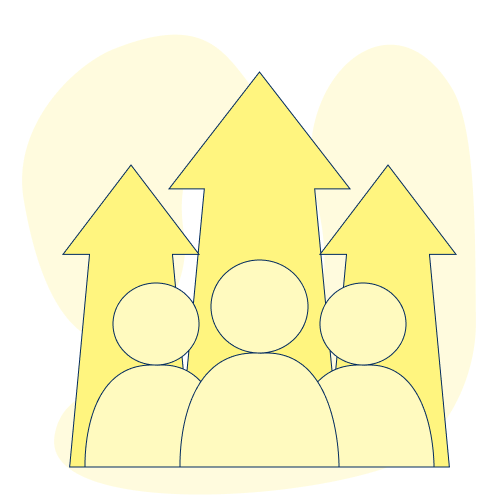
When it comes to empowering people with disabilities, our interviewees emphasized that conversations and practices around accessibility are not the sole responsibility of the disability community—we all have a shared responsibility to learn about unique experiences and continuously build on accessibility guidelines. As Giselle put it, “transparency is solidarity, […] everyone needs to know what each other’s going through so that we can find a common cause and then push for that agenda.”
Solidarity includes validating stories about disabilities, encouraging transparency about access concerns, and gathering as many identities as possible to inspire creative solutions for accessibility. Consequently, we should actively reimagine accessibility in different ways, ensuring that it’s designed to fit individuals’ diverse needs. Even though there will never be a definitive answer to these concerns, it’s important to remember that accessibility is ongoing, evolving, and can be whatever it needs to be for every individual.
Further Engagement
We urge readers to stay engaged with accessibility initiatives and expand their learning about disability advocacy. This process will look different for everyone, but we encourage readers to continue with their learning journey, wherever that may be.
- Connect with U of T’s Accessibility Awareness Club
- Read some of The Varsity’s articles about accessibility concerns at U of T
- Take a course in disability studies at U of T
- Join the Accessibility Services Student Advisory Committee to help inform Accessibility Services
- Participate in the Access Us Peer Mentorship Program and connect with peer mentors on campus
- Become an Accessibility Peer Advisor at U of T
- Follow the UTM Access Express Bi-Weekly Newsletter to learn about accessibility programming and events
- Discover upcoming events at UTSC AccessAbility
Contributors
Catherine Dumé is a 5th year Political Science student at the University of Toronto St. George campus, who has a double minor in History and Writing & Rhetoric. She is the current student Co-Chair of Accessibility Services Advisory Committee, the Accessibility Correspondent for The Varsity, and a Co- Founder and former President of University of Toronto’s Accessibility Awareness Club.
Ali Kazmi is an impassioned advocate for disability rights and an expert in inclusive policy, blending personal experiences with academic insights to foster accessible environments. His work is centered on implementing practical applications of disability legislation, aiming to create inclusive spaces in educational settings.
Giselle Sami Dalili is a 4th year undergraduate student double majoring in Political Science and Sociology with a Minor in Environmental Studies at the University of Toronto St. George campus. Originally from Los Angeles, California, they are an accessibility and social justice advocate who has worked in both the public and private sectors. They are also the current Vice President of University of Toronto’s Accessibility Awareness Club (U-TAAC) and President of U of T’s Environmental Resource Network.
0 comments on “Honouring Individuality: How Accessibility is Constantly Evolving”